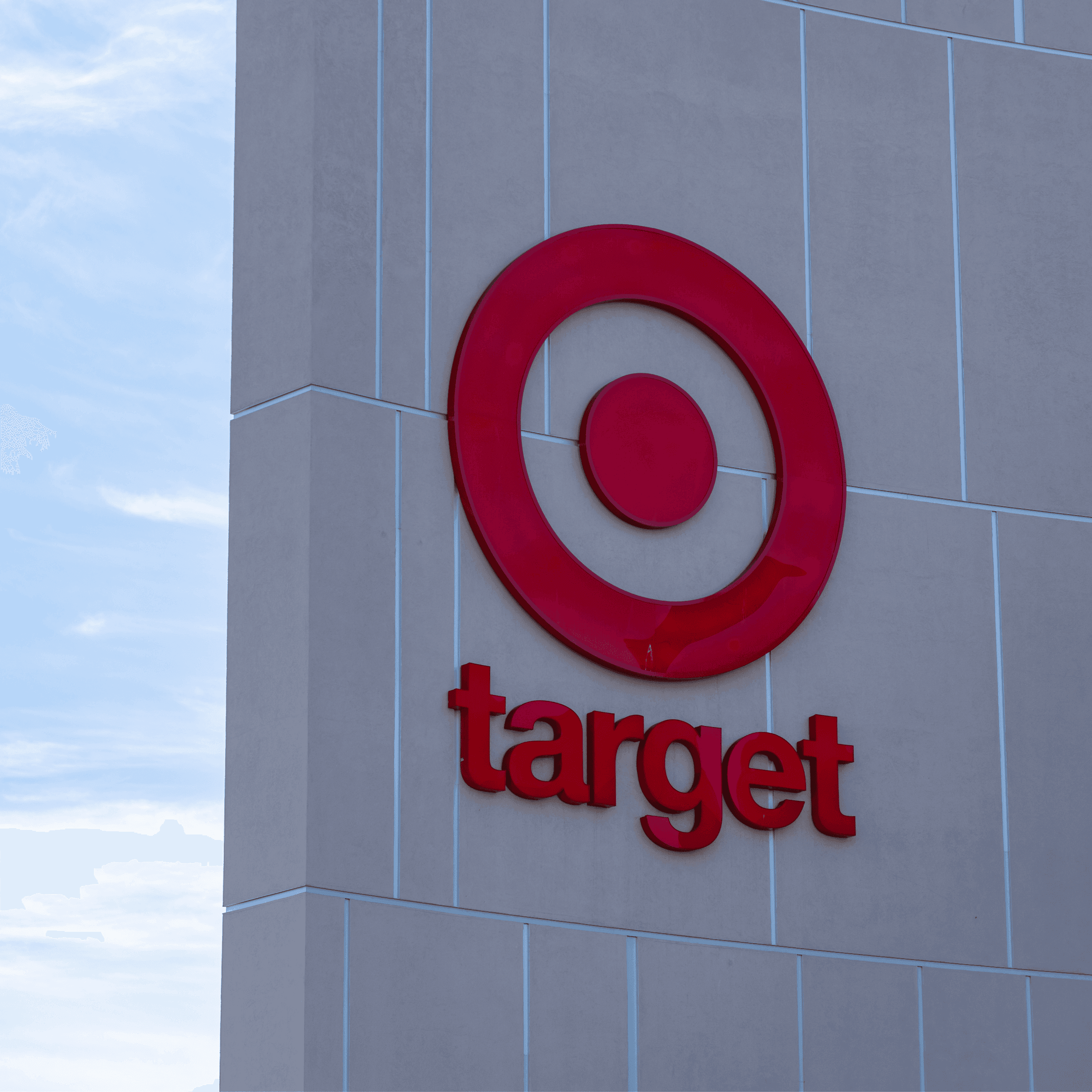Retailers and consumer brands alike are facing mounting pressures: rising freight rates, escalating labor costs, unpredictable demand, and stricter compliance rules from big-box partners. In this environment, companies are reassessing the complexity of their product catalogs and making difficult decisions about which SKUs to keep, which to retire, and which to merge. This process—commonly known as SKU consolidation or SKU rationalization—has become a defining strategy for brands looking to optimize their supply chains without losing sight of customer expectations.
While SKU consolidation is not a new concept, it has taken on renewed urgency in recent years. From national retailers streamlining assortments to ecommerce brands rationalizing product lines, the trend is accelerating. For 3PLs, this creates both an opportunity and a responsibility: to help brands manage the transition seamlessly, ensuring that supply chain operations continue without interruption.
Why Retailers Are Consolidating SKUs
The push for SKU consolidation comes from several converging business realities.
1. Protecting Margins in a Challenging Economy
Carrying costs—whether storage, transportation, or labor—are significant. Every additional SKU adds complexity to forecasting, slotting, and replenishment. By reducing catalog size and focusing on core products, brands gain leverage in supplier negotiations and can direct resources toward higher-volume, higher-margin items.
2. Improving Shelf and Slot Productivity
Retail space is finite, both in warehouses and on store shelves. Planogram resets often reveal that many SKUs contribute minimally to sales but consume disproportionate shelf space. Retailers would rather stock one high-performing SKU than three niche variants that complicate replenishment and lead to excess inventory.
3. Enhancing Forecasting Accuracy
Demand planning is notoriously difficult with large assortments. Every new variant divides sales volume, making it harder to predict demand for each item. When retailers consolidate SKUs, sales become more concentrated, and forecasts become more reliable. This directly translates to fewer stockouts and a higher fill rate—two metrics retailers monitor closely.
4. Reducing Chargebacks and Compliance Risks
Each SKU carries with it specific labeling, packaging, and ASN (Advanced Shipping Notice) requirements. The more SKUs a brand manages, the greater the chance of an error that leads to retailer chargebacks. Consolidation lowers the risk of non-compliance, protecting margins and strengthening retailer trust.
5. Meeting Sustainability Goals
Many companies are aligning SKU consolidation with their environmental commitments. By trimming redundant SKUs, they can reduce packaging material usage, lower emissions through more efficient freight, and simplify returns processing. For retailers who face increasing pressure to meet ESG benchmarks, SKU consolidation supports these initiatives.

The Risks and Challenges of SKU Consolidation
Despite its appeal, SKU consolidation is not without its pitfalls. Brands that move too quickly, or without a structured plan, risk creating more problems than they solve.
- Revenue Cannibalization: Loyal customers may abandon a brand if their preferred SKU disappears without a suitable replacement. Consolidation requires thoughtful product positioning and clear communication to consumers.
- Inventory Waste: Transitioning SKUs often leaves behind obsolete products, packaging, or materials. Without a run-out strategy, companies risk write-offs that erode savings.
- Data Misalignment: Incorrect merges of UPCs, GTINs, or ASINs can create chaos in retailer systems and marketplaces, leading to rejected orders, inaccurate listings, or lost buy box visibility.
- Operational Disruption: Every SKU interacts with warehouse processes—from slotting to pick paths to kitting. Without precise execution, consolidation can result in mis-picks, delayed shipments, and lost trust with key accounts.
- Retailer-Specific Complexities: A SKU strategy that works for Walmart may not align with Amazon, Target, or Costco. Each retailer enforces different compliance requirements, meaning consolidation must be customized across channels.
These challenges highlight why brands rarely undergo SKU consolidation alone. They turn to 3PL partners who have the operational expertise, systems integrations, and compliance know-how to manage the transition.
How 3PLs Manage SKU Consolidation
A well-executed consolidation project is highly structured, data-driven, and phased. The role of a 3PL is to ensure that operational execution supports strategic goals without jeopardizing sales or compliance.
1. Data Discovery and Master File Cleanup
The process begins with SKU mapping. A 3PL works with the brand to create one-to-many maps that show how legacy SKUs correspond to new ones. During this phase, master data is audited: dimensions, weights, case pack quantities, and compliance fields such as hazmat classifications. Errors are flagged and corrected before changes ripple across retail systems.
2. Run-Out Planning and Inventory Segmentation
Next, the 3PL helps the brand determine how existing inventory will be phased out. High-volume SKUs are prioritized for sell-through, while slow-moving items may be redirected to liquidation or donation channels. For bundled products, components may be salvaged and repackaged into new kits. For products with expiration dates, allocation is sequenced to ensure that short-dated inventory is cleared before consolidation goes live.
3. Warehouse Execution and Physical Transition
The physical side of SKU consolidation is often the most complex. 3PLs manage tasks such as relabeling, repacking, and kitting. Old inventory may be broken down into components and rebuilt into new bundles, or existing cartons may be relabeled to comply with new GTINs and case pack standards. Slotting layouts are redesigned to reflect the new catalog, minimizing travel time for pickers and improving efficiency. Throughout this stage, cycle counts and quality checks are increased to catch discrepancies before they escalate.
4. Systems Configuration and Retailer Integration
A 3PL also ensures that warehouse management systems (WMS) and order management systems (OMS) are updated with the new catalog. This may involve creating aliases, defining parent-child relationships for bundles, or configuring new bills of material for kitted products. On the retailer side, EDI mappings and ASNs are tested to confirm that orders flow correctly and chargeback risks are eliminated.
5. Testing and Go-Live Support
Before a full rollout, a 3PL often conducts pilot shipments to major retailers. This validates that new labels scan correctly, ASNs are accepted, and appointments are booked without issue. During the go-live phase, the 3PL provides heightened monitoring, tracking KPIs such as fill rate, OTIF compliance, labor hours per 1,000 units, and chargeback frequency. Daily exception reporting ensures that problems are quickly identified and resolved.

Why a Phased Approach Works Best
Rushed SKU consolidation can disrupt operations and alienate customers. That’s why most 3PLs recommend a phased approach. By dividing the catalog into segments, brands can stabilize operations after each phase before moving forward. This method allows for continuous improvement, reduces risk, and generates measurable savings along the way.
The benefits of a phased rollout are significant:
- Storage costs decrease as pick faces are consolidated.
- Freight efficiency improves as carton cube utilization is optimized.
- Chargebacks drop due to standardized labeling and compliance.
- Waste declines as packaging and materials are streamlined.
Over time, the result is not just fewer SKUs but a more resilient, cost-effective supply chain.

How Snapl Supports SKU Consolidation
At Snapl, we specialize in guiding brands through SKU consolidation projects with precision. Our experience spans everything from simple catalog rationalizations to multi-retailer transitions requiring custom compliance. With facilities in Massachusetts and New Jersey, we provide:
- Retail compliance expertise in GS1-128/UCC labels, case pack conversions, and retailer-specific EDI.
- Kitting, co-packing, and relabeling services to transition old SKUs into new assortments without disrupting outbound orders.
- Shipedge-powered WMS integrations with Amazon Seller Central, Shopify, Faire, and major retailer portals.
- Bonded warehousing options for imported products, allowing brands to defer duties during SKU transitions.
- Dedicated project management with weekly milestones, exception reporting, and KPI tracking to keep transitions on schedule.
Our role is not simply to store inventory but to help brands navigate operational change with confidence.
The Bigger Picture on SKU Consolidation
SKU consolidation has become more than a cost-saving tactic—it is a strategic imperative for retailers and brands navigating today’s competitive, margin-sensitive landscape. By reducing complexity, companies unlock efficiencies, improve compliance, and align their operations with both retailer requirements and sustainability goals. But the path to consolidation is rarely straightforward.
A trusted 3PL provides the infrastructure, systems, and operational expertise to manage SKU rationalization with minimal disruption. From data validation to relabeling, from EDI compliance to run-out planning, the right partner ensures that brands emerge stronger, leaner, and better prepared for growth.

Make SKU consolidation your competitive advantage.
Contact Us





